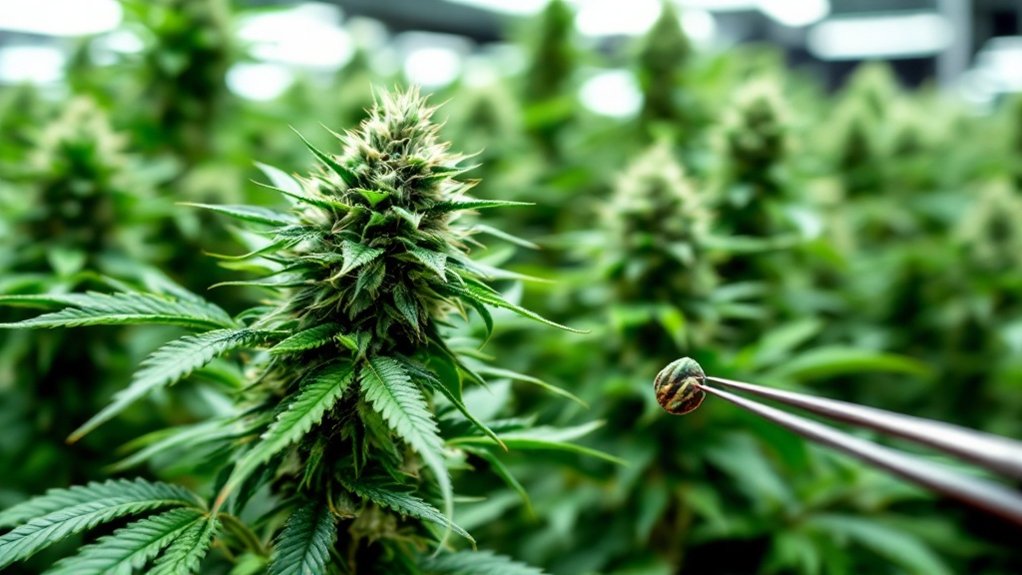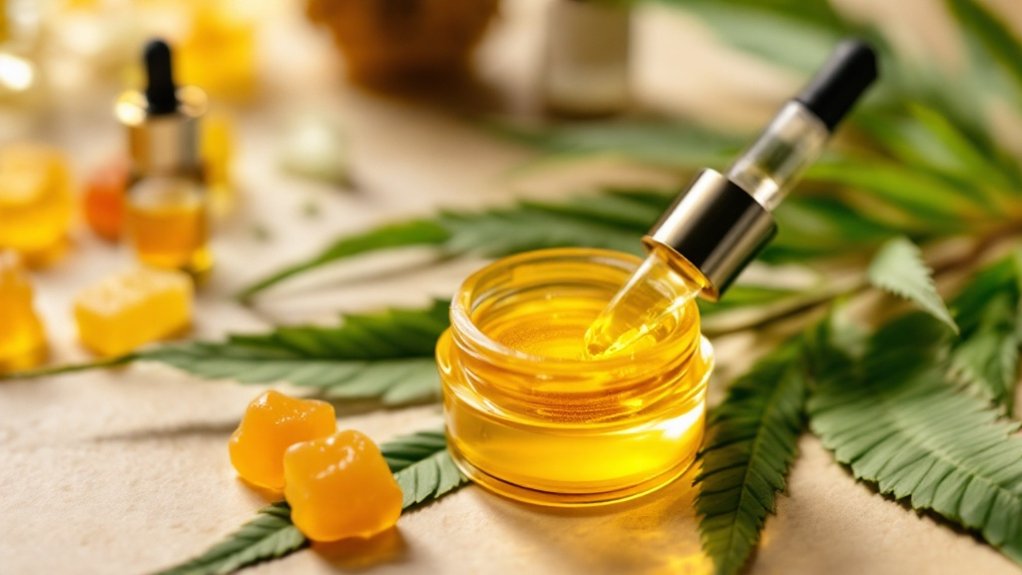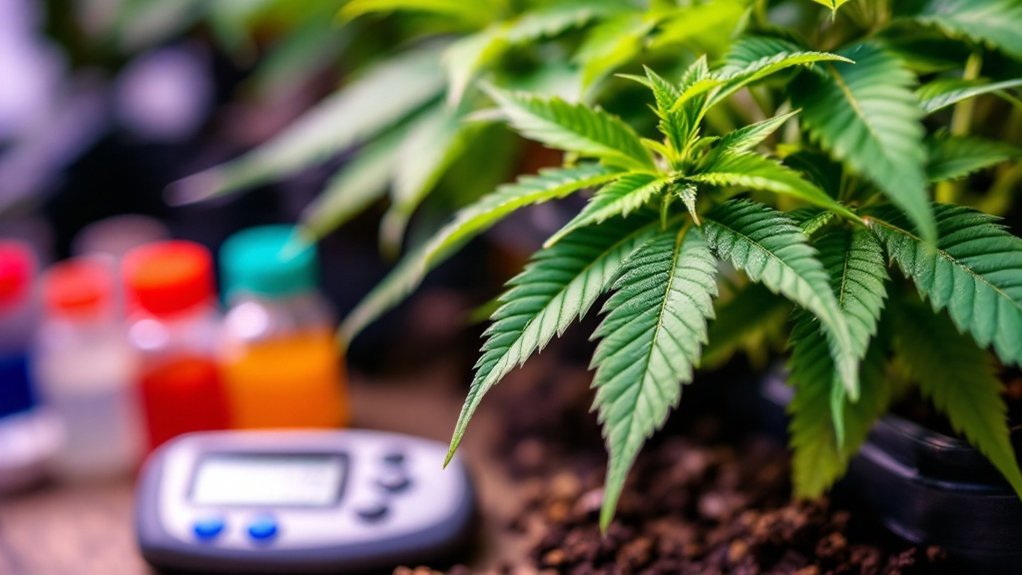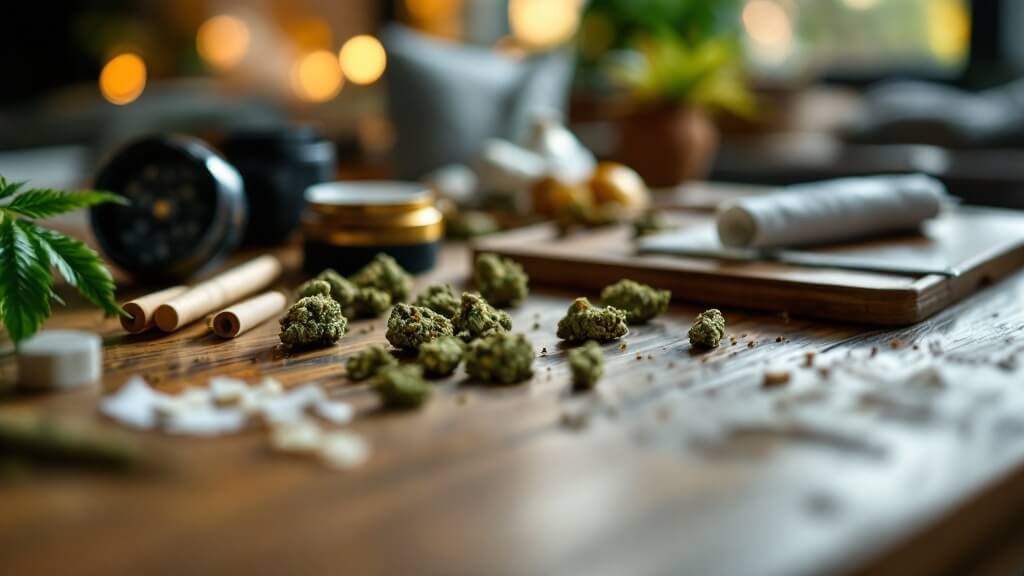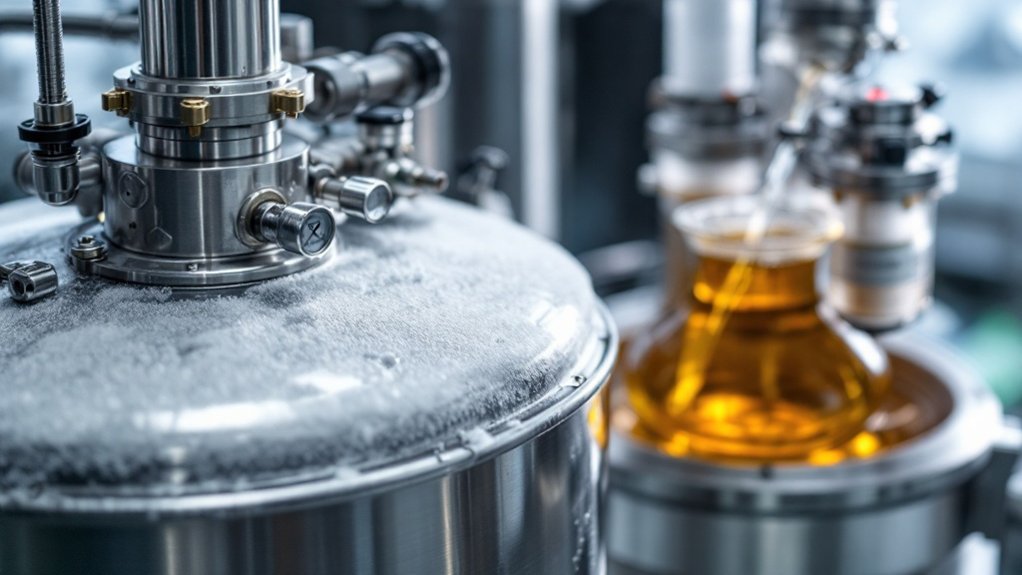Cannabis seed feminization involves specialized techniques to guarantee female-only plants. The most reliable method uses silver thiosulfate (STS) solution sprayed on female plants to induce pollen sac development. This female-produced pollen then fertilizes untreated female flowers, creating feminized seeds. Alternative approaches include colloidal silver application and rodelization, where plants naturally produce male flowers when stressed by extended flowering periods. Each technique requires precision, proper timing, and careful isolation to maximize success rates.
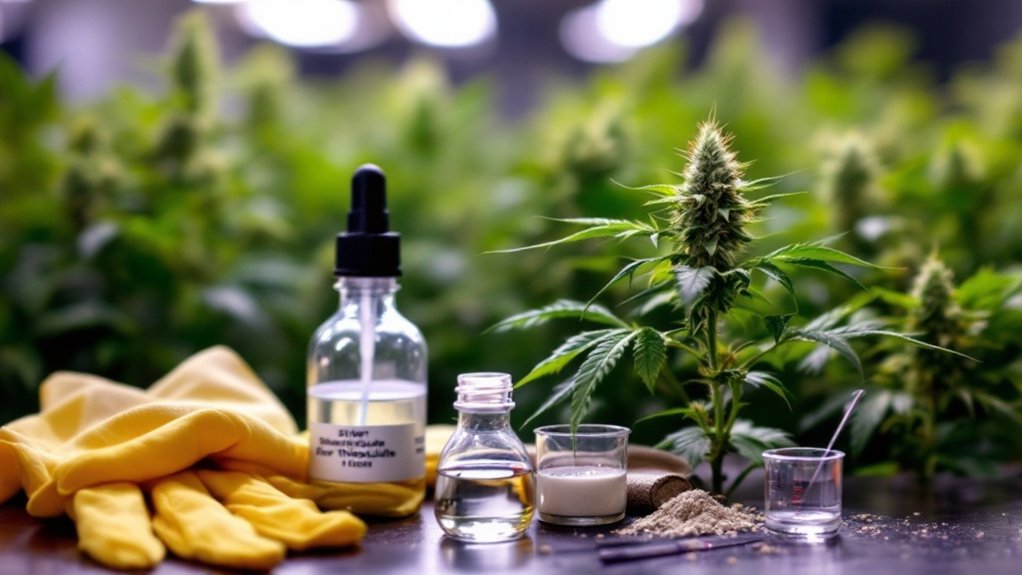
Feminizing cannabis seeds has become a standard practice among cultivators seeking to maximize female plant production and eliminate the resource waste associated with growing male plants. The process hinges on proper mother plant selection, which notably influences seed viability and future cannabinoid profiles.
Feminization revolutionizes cannabis cultivation by prioritizing female production through strategic mother plant selection, enhancing both yield potential and cannabinoid expression.
Cultivators must choose genetically stable female plants exhibiting strong vigor without any male characteristics or hermaphroditic tendencies. These stress-resistant mother plants typically yield more robust feminized seeds with fewer abnormalities, guaranteeing greater uniformity among progeny.
The scientific mechanism behind feminization involves applying ethylene inhibitors to female plants, which induces male flower development while maintaining female genetics. Silver thiosulfate (STS) remains the most effective chemical agent for creating stable feminized pollen, though alternatives like colloidal silver, silver nitrate, and gibberellic acid exist with varying efficacy rates.
These compounds require careful handling with protective equipment due to potential toxicity to both humans and plants. Precise application techniques directly impact feminization success rates. Cultivators must measure ethylene inhibitors accurately, as overdosing can damage or kill plants.
Application typically targets early flowering branches with even spray coverage every 5-7 days for several weeks. This methodical approach maximizes pollen production while guaranteeing treated plants remain isolated, as they become unsafe for consumption.
Photoperiod management plays an essential role in the feminization process. A consistent 12/12 light cycle induces flowering while maintaining stable environmental conditions encourages successful sex reversal. Any sudden fluctuations in light or temperature increase hermaphroditism risk and potential crop loss.
Properly synchronized flowering between treated and receiver plants optimizes the pollination window. Pollen collection involves carefully gathering material only from chemically reversed female plants to guarantee feminized genetics.
Using fine brushes for targeted pollination minimizes cross-contamination risks. Receptive female plants pollinated 2-3 weeks into flowering typically produce the best seed set. Seeds require 4-6 weeks post-pollination to mature fully, displaying characteristic dark coloration with visible striping.
Alternative feminization methods include rodelization, which leverages natural stress responses. This technique involves allowing female plants to exceed their normal flowering time until they naturally produce pollen sacs as a survival mechanism. Short photoperiod exposure of up to 12 hours is critical for initiating flowering and seed production in both chemical and natural feminization approaches.
While less reliable than chemical methods, rodelization appeals to cultivators seeking chemical-free approaches to creating feminized cannabis seeds. Feminized seeds offer significant advantages including higher success rates with every seed producing a female plant, thus eliminating the need for sexing plants during growth.
Frequently Asked Questions
Can Feminized Seeds Produce Hermaphrodite Plants?
Feminized cannabis seeds can indeed produce hermaphrodite plants, particularly when subjected to environmental stressors.
Though these seeds are engineered to develop female characteristics, they inherit a genetic predisposition toward hermaphroditism from their parent plants.
Light leaks, temperature fluctuations, nutrient imbalances, and irregular photoperiods are common triggers that can activate latent hermaphroditic traits.
Cultivators often observe this phenomenon during the flowering stage, when plants are most vulnerable to stress-induced sex expression changes.
How Long Do Feminized Cannabis Seeds Remain Viable for Germination?
Feminized cannabis seeds typically remain viable for 3-5 years when stored under ideal conditions.
Proper storage in cool (43-46°F/6-8°C), dark, and dry environments greatly extends seed longevity. Seeds kept in vacuum-sealed containers or airtight jars with desiccant packets maintain higher germination rates.
While fresh seeds show 80-90% germination success, viability gradually decreases with age.
In exceptional cases, well-preserved feminized seeds have successfully germinated after 5+ years, though they often produce weaker seedlings.
Are Feminized Seeds Less Potent Than Regular Cannabis Seeds?
Feminized cannabis seeds are not inherently less potent than regular seeds. Scientific analysis reveals that cannabinoid production depends primarily on genetics and growing conditions rather than seed type.
Modern feminization techniques have eliminated earlier issues that occasionally affected plant vigor. Both seed varieties can produce equally potent harvests when quality genetics are used and ideal growing conditions maintained.
The misconception about reduced potency in feminized seeds persists despite laboratory evidence showing comparable THC and CBD levels between both seed types.
Can I Use Feminized Seeds for Breeding Purposes?
Feminized seeds can be used for breeding but with limitations and considerations.
While they provide uniform, all-female offspring and efficiently preserve specific traits of established strains, they typically offer less genetic diversity compared to regular seeds.
Repeated breeding with feminized seeds may increase the risk of hermaphroditism and reduce vigor over generations.
For serious breeding programs, many cultivators alternate between feminized and regular seeds or use feminized seeds primarily for maintaining phenotypes rather than creating diverse hybrids.
What Percentage of Feminized Seeds Actually Grow Into Female Plants?
Properly feminized cannabis seeds can produce female plants at rates of 95-99.95% when created using advanced techniques.
Commercial feminized seeds typically yield about 70-98% female plants, with some growers reporting approximately 30% male plants from certified feminized seeds.
The success rate depends greatly on several factors including mother plant selection, correct application of ethylene inhibitors, proper dosage, strategic placement of compounds, and appropriate application frequency during the feminization process.
